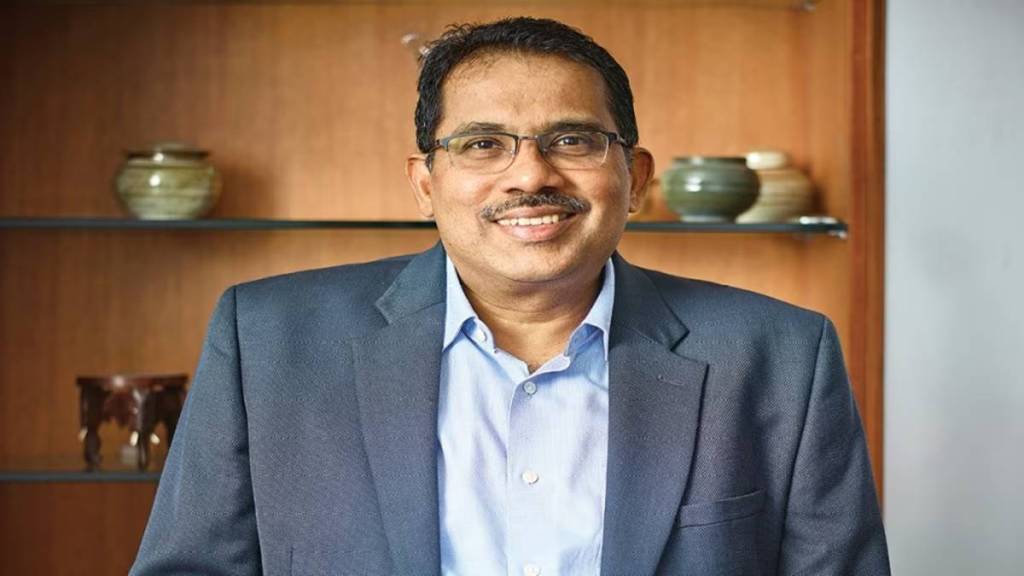Muthoot Finance doubled its annual gold loan growth guidance to 30–35% after a strong second quarter that saw gold loan AUM jump 45% year-on-year to a record ₹1.25 lakh crore. MD George Alexander Muthoot tells Narayanan V about the reasons behind the strong demand for gold loans, the lender’s ₹35,000-crore fundraising plans, and how competition is shaping the gold loan market. Excerpts:
What prompted a sharp revision in gold loan guidance?
Our gold loan AUM grew by 38% last year. In the first half of FY26 alone, our gold loan portfolio increased by 21%, or ₹23,657 crore. So the earlier growth estimate of 15% looked awkward. We had also said we would revise our guidance after Q2. Accordingly, we have upgraded our FY26 gold loan growth guidance from 15% to 30–35%. We see good demand for gold loans in both rural and urban markets going forward. Favourable regulatory changes by the RBI for the gold loan sector, higher gold prices, and tighter norms for unsecured credit are expected to support demand. Microfinance entities are still not disbursing loans, and banks are becoming conservative in unsecured personal loans. So overall money availability is an issue across rural and urban markets, and people are now looking at secured avenues to get loans.
Banks and NBFCs are focussing big time on gold loans. How do you see the competition intensity?
Competition from banks and NBFCs has been there for several years, so there’s nothing new. We try to give the best to the customer, and that’s why we have been able to grow our portfolio side by side. In 2011–12, there was a rush from all NBFCs and non-NBFCs wanting to enter the gold loan segment, but after a year or two most of them lost interest. Even otherwise, the market is very huge. Public and private sector banks together hold about ₹30 lakh crore of gold loans, while all NBFCs together hold only ₹3 lakh crore.
People who were earlier reluctant—or maybe shy—to take a gold loan are not like that now. It is not just poor or very poor people accessing loans. Even the well-to-do are taking gold loans now. So, the market is expanding in a big way. There is no need for Muthoot to take a customer from a bank, or for a bank to take a Muthoot customer.
What is the need for the ₹35,000 crore fundraising?
Our board of directors has approved incremental fundraising of up to ₹35,000 crore through issuance of non-convertible debentures (NCDs) via private placement in multiple tranches from time to time. We are talking about strong growth in disbursements and loan growth, so working capital is our raw material. We need funding to support the kind of disbursements that we have planned. This is just an enabling permission. As and when we require, we will take it, so we don’t have to go to the board every time. It will probably be exhausted in six months or one year.
What is the roadmap for your subsidiary Belstar Microfinance?
Belstar has reduced its net loss to ₹32 crore from ₹128 crore in the previous quarter. The MFI loan AUM dropped to ₹7,771 crore from ₹9,625 crore a year earlier due to stress in the segment. But the microfinance sector is showing renewed resilience following the implementation of regulatory guardrails and improved underwriting, which augurs well for future performance. The RBI recently allowed microfinance companies to have a 40% non-microfinance loan portfolio. So, we have added 23 gold loan branches in H1 FY26 to diversify the loan product portfolio. We plan to open 150 branches this year for gold loans exclusively under Belstar.
You are infusing another ₹500 crore into Muthoot Money.
Muthoot Money was actually started as a vehicle finance company before Covid. We faced a lot of problems financing used cars and commercial vehicles, so we gradually stopped that business. At that time, we had a ₹600-crore portfolio. Since we had already invested capital, we thought about how to recover that back. About two years ago, we started small-ticket gold loans, and that business has now grown rapidly. Muthoot Money already has a ₹6,000-crore portfolio. The business is doing very well, and by the end of this year I think it will reach a ₹9,000-crore business.

